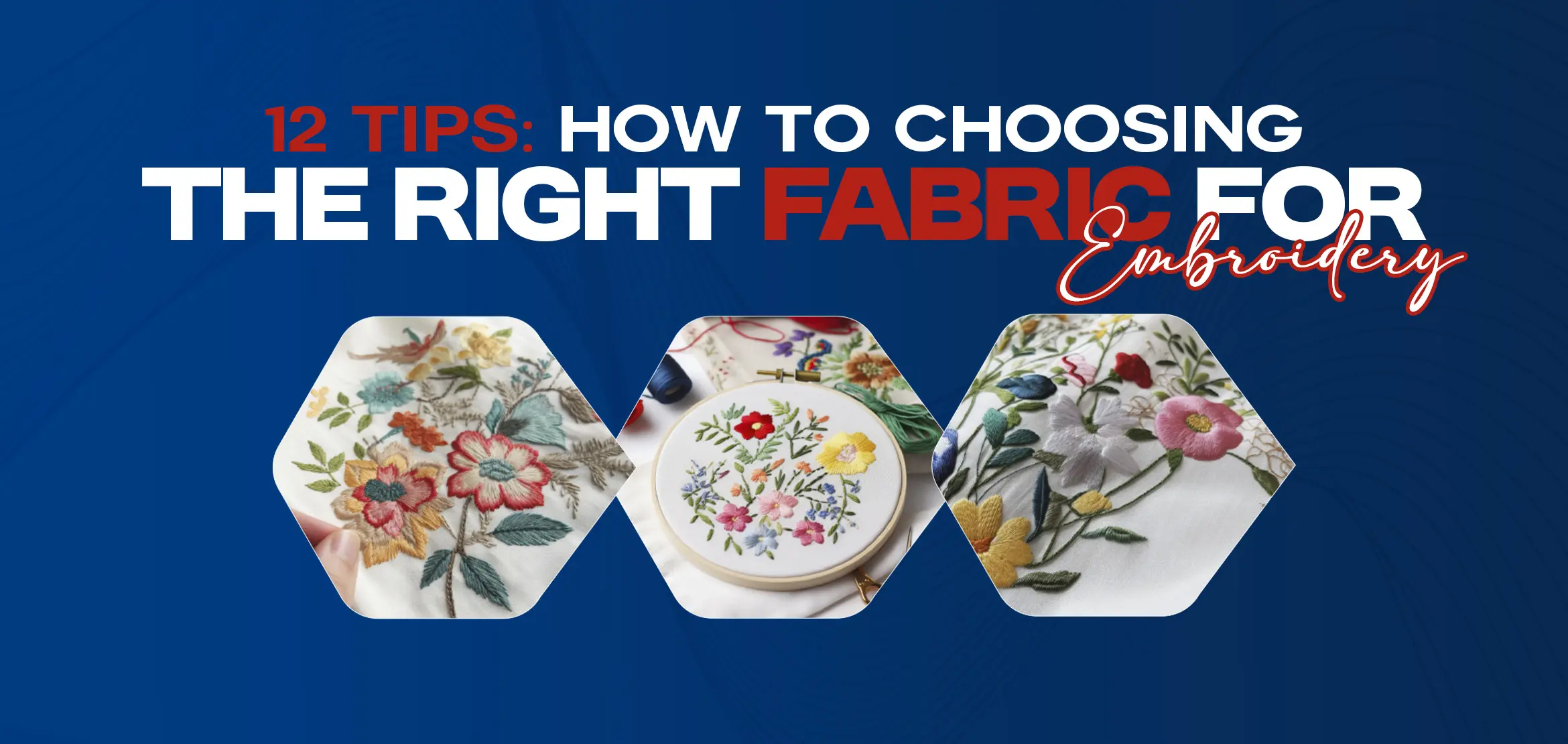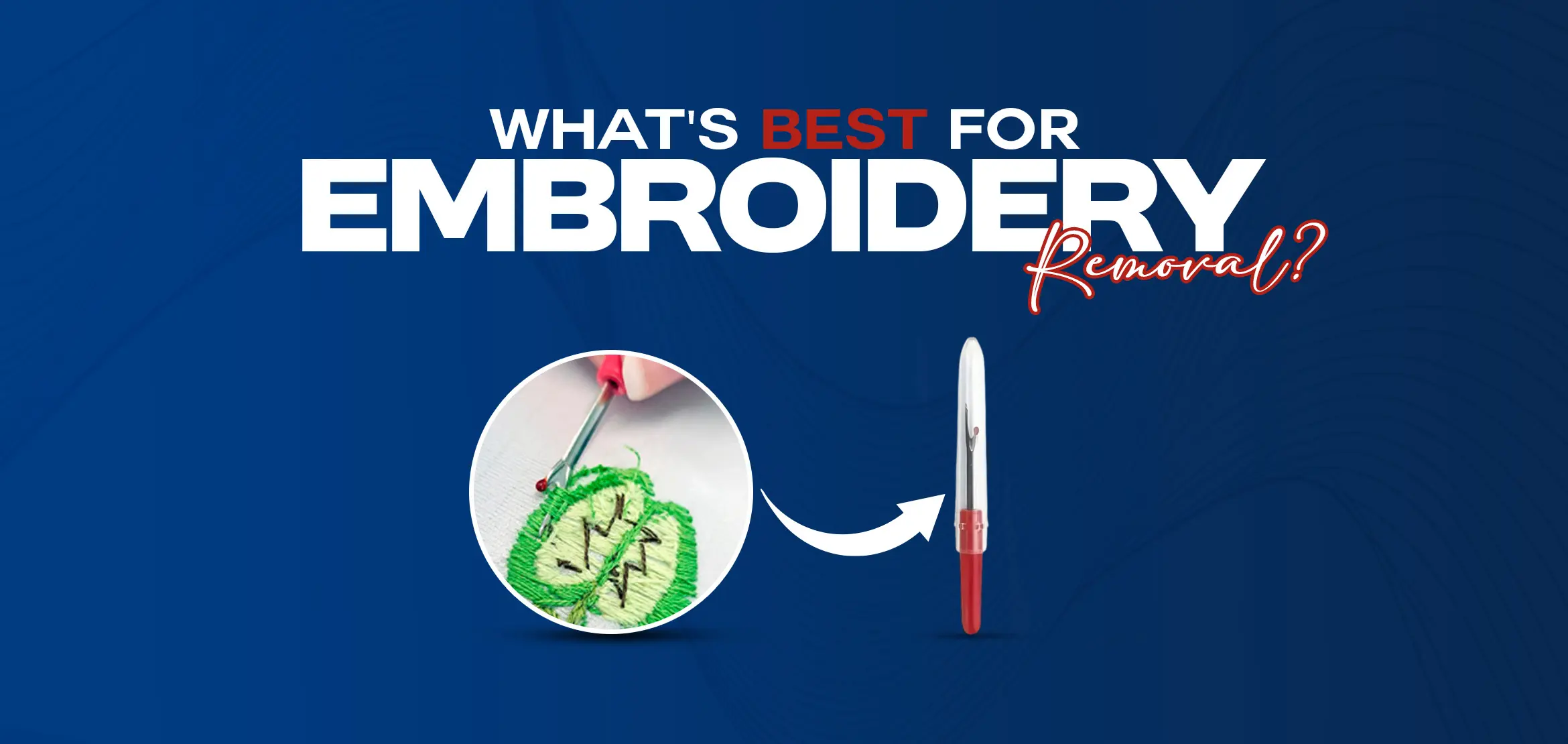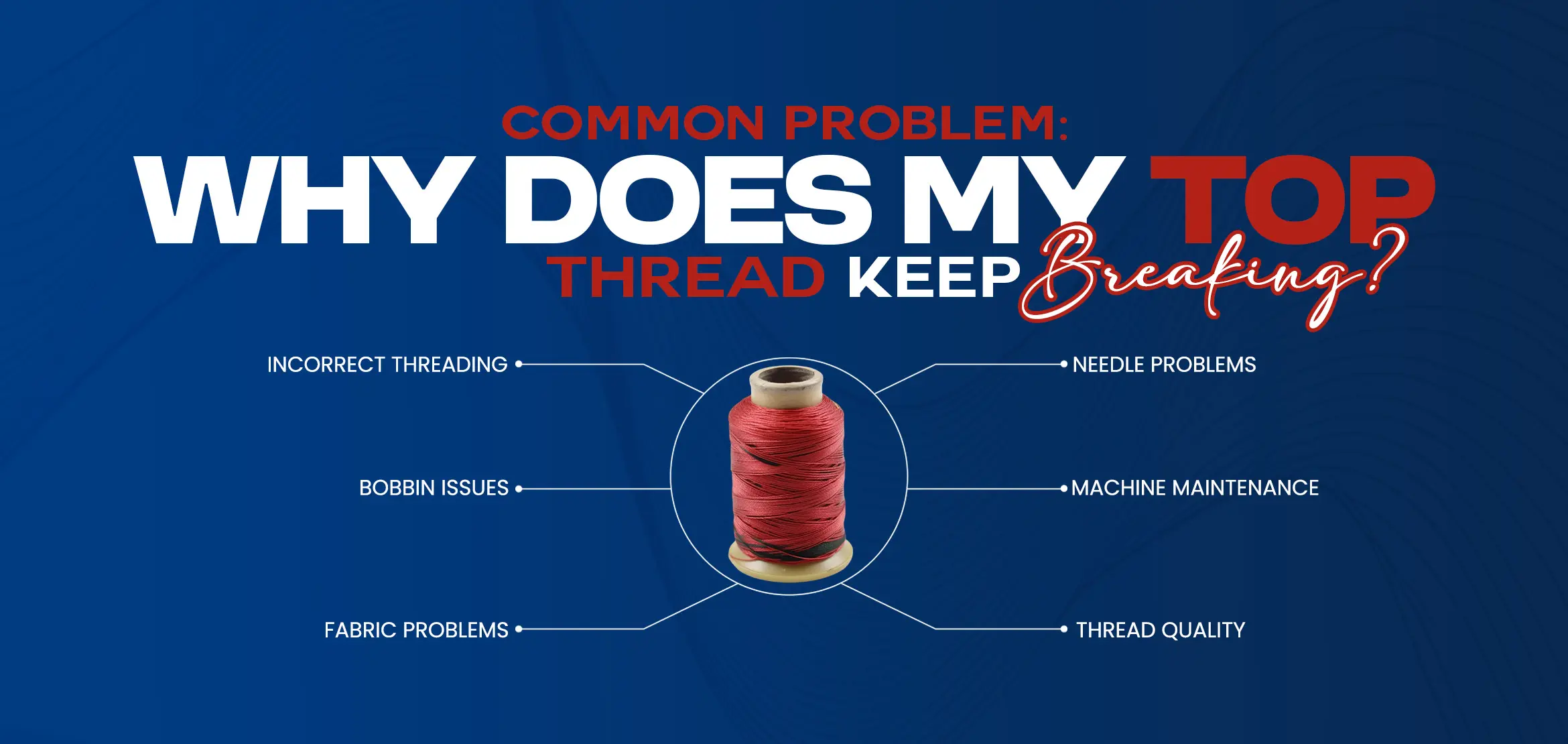
12 Tips: How to Choosing the Right Fabric for Embroidery
Table Of Content
- Importance of Fabric in Embroidery
- Factors to Consider Before Choosing Fabric
- Popular Fabrics for Embroidery Projects
- Matching Fabric to Embroidery Techniques
- Choosing Fabrics for Different Embroidery Styles
- Exploring Specialty Fabrics for Unique Projects
- Balancing Fabric Weight and Embroidery Designs
- Tips for Selecting Fabrics That Enhance Embroidery
- Avoiding Common Fabric-Related Mistakes
- Eco-Friendly Fabric Options for Sustainable Embroidery
- Testing Fabrics for Embroidery Suitability
- Budget-Friendly Fabric Choices for Embroidery Enthusiasts
- Conclusion
Embarking on an embroidery project requires a comprehensive grasp of various fabric types. Cotton, linen, silk, and synthetic fabrics each bring unique qualities to the table. Understanding the characteristics of these materials, such as weave, thread count, and texture, is crucial. Cotton may offer a smooth surface, while linen exudes a natural, rustic charm. This foundational knowledge empowers embroiderers to make informed decisions. Ensuring their chosen fabric complements the intended design and embroidery technique.
Importance of Fabric in Embroidery
The fabric forms the canvas for an embroidery masterpiece, playing a pivotal role in the final aesthetic. Beyond its visual impact, the choice of fabric influences the ease of stitching, durability, and overall quality of the finished product. The right fabric enhances the embroidery's texture and ensures that colors pop. While the wrong choice can lead to puckering or distortion. Recognizing the importance of selecting an appropriate fabric is key to achieving a successful and visually appealing embroidery project.
Factors to Consider Before Choosing Fabric
Before diving into an embroidery endeavor, several factors warrant careful consideration. These include the intricacy of the design, intended use of the finished piece, and personal preferences regarding fabric feel and appearance. Additionally, evaluating the fabric's color, weight, and stretch is crucial to anticipate how it will interact with the chosen embroidery techniques. Taking these factors into account ensures a harmonious match between the fabric and the envisioned embroidery outcome.
Popular Fabrics for Embroidery Projects
Certain fabrics have earned their popularity in the world of embroidery due to their versatile nature and stitching-friendly characteristics. Cotton remains a perennial favorite for its smooth surface and wide availability. Linen, with its natural texture, adds depth to embroidered designs. Silk, renowned for its luxurious feel, is favored for intricate and delicate projects. Polyester and blends offer durability and resistance to wrinkles. Exploring these popular fabrics provides embroiderers with a spectrum of options. Allowing them to tailor their choice to the specific requirements of their project.
Matching Fabric to Embroidery Techniques
Selecting the right fabric for your embroidery project is crucial, and it goes beyond aesthetics. Different embroidery techniques demand specific fabric characteristics to achieve optimal results. For example, delicate fabrics like silk or satin may be ideal for intricate hand embroidery, while sturdier fabrics like denim or canvas might be better suited for machine embroidery. Understanding the compatibility between fabric and technique ensures that your embroidery not only looks visually appealing but also stands the test of time.
Choosing Fabrics for Different Embroidery Styles
Embroidery spans a wide range of styles, from traditional to contemporary, and each style comes with its own set of fabric preferences. Traditional styles like cross-stitch may thrive on even-weave fabrics. Whereas free-form embroidery might call for more organic and textured materials. This section will guide you through the diverse world of embroidery styles. Helping you make informed choices about fabrics that compliment your preferred aesthetic and technique.
Exploring Specialty Fabrics for Unique Projects
Certain embroidery projects call for fabrics beyond the ordinary. Whether you're embellishing a wedding gown or adding flair to home decor, specialty fabrics can elevate your embroidery to new heights. This section explores a variety of unique fabrics such as velvet, organza, or even leather, providing insights into how these materials can enhance your projects. Discover the world of unconventional fabrics and learn how to master the art of embroidery on diverse and extraordinary surfaces.
Balancing Fabric Weight and Embroidery Designs
Achieving harmony between fabric weight and embroidery designs is crucial for a successful project. The weight of the fabric affects how well it holds intricate stitches and embroidery patterns. Lighter fabrics may be more suitable for delicate designs, while heavier fabrics can support bolder, more complex embroidery. Consider the intended use of the finished piece; a lightweight fabric might be preferable for a summer garment. While a heavier one could be better for a decorative wall hanging. Experiment with different fabrics to find the optimal balance between weight and design intricacy. Ensuring your embroidery stands out while maintaining the fabric's integrity.
Tips for Selecting Fabrics That Enhance Embroidery
Choosing the right fabric is an art that can elevate your embroidery projects. Start by considering the type of embroidery you plan to do and the desired end result. Fabrics with a tight weave, like cotton or linen, are excellent for detailed embroidery. While textured fabrics can add dimension to your designs. Pay attention to color and pattern, ensuring they complement your chosen embroidery thread. Experiment with sample stitches on various fabrics to see how they interact.
Additionally, factor in the fabric's durability if the embroidered item will undergo regular use or laundering. Ultimately, selecting fabrics that enhance your embroidery involves a thoughtful combination of aesthetics and functionality.
Avoiding Common Fabric-Related Mistakes
Embarking on an embroidery project without addressing common fabric-related mistakes can lead to frustration and unsatisfactory results. One prevalent error is not pre-washing fabrics, which may result in unexpected shrinkage or color bleeding after embroidery. Another pitfall is choosing fabrics with excessive stretch, making it challenging to maintain design accuracy. It's crucial to match the fabric to the appropriate stabilizer to prevent puckering or distortion during stitching.
Take the time to test your chosen fabric with the embroidery design before committing to the entire project. Identifying any issues and making necessary adjustments. Being mindful of these common fabric-related mistakes ensures a smoother and more successful embroidery experience.
Eco-Friendly Fabric Options for Sustainable Embroidery
As environmental consciousness grows, embracing eco-friendly fabric options for embroidery aligns with sustainable practices. Organic cotton, hemp, and bamboo fabrics are excellent choices, as they are produced without harmful chemicals and pesticides. Recycled fabrics, such as those made from post-consumer waste or recycled materials, contribute to reducing environmental impact. Consider fabrics with third-party certifications, like Global Organic Textile Standard (GOTS), ensuring they meet stringent environmental and social criteria. Embracing sustainable embroidery materials not only minimizes ecological harm but also promotes responsible consumption.
Explore the growing array of eco-friendly fabrics available in the market to make choices that align with your commitment to environmental stewardship in the realm of embroidery.
Testing Fabrics for Embroidery Suitability
Before diving into your embroidery project, it's crucial to test fabrics for their suitability. Not all fabrics respond to embroidery in the same way, and conducting a simple test can save you from potential frustrations later on. Begin by stitching a small sample using the chosen embroidery technique on a scrap piece of fabric.
This test allows you to assess how well the fabric holds up under the needle. How intricate the designs can be, and how the thread interacts with the material. Pay attention to factors like fabric stability, stretch, and thickness, ensuring they align with your intended embroidery design.
Budget-Friendly Fabric Choices for Embroidery Enthusiasts
Embarking on an embroidery journey doesn't have to break the bank. There are plenty of budget-friendly fabric options that provide a canvas for your creativity without compromising on quality. Cotton and linen blends are excellent choices, offering affordability without sacrificing durability. Look for discounted fabric remnants or explore thrift stores for unique and cost-effective finds.
Additionally, consider repurposing old garments or linens, giving new life to existing materials. By being resourceful and strategic in your fabric choices, you can indulge your passion for embroidery without exceeding your budget, making it an accessible and enjoyable craft for all enthusiasts.
Conclusion
Choosing the right fabric is paramount for a successful embroidery project. Our embroidery services offer a diverse range of fabric options, allowing you to make informed decisions based on factors like texture, weight, and compatibility with embroidery techniques. To enhance your embroidery experience, explore popular fabrics, match them to specific styles, and experiment with specialty materials.
Remember to balance fabric weight and design intricacy, avoiding common mistakes and opting for eco-friendly options when possible. Test fabrics for suitability and, for budget-conscious enthusiasts, explore affordable choices without compromising quality. Elevate your embroidery with our services today! #OurEmbroideryServices









